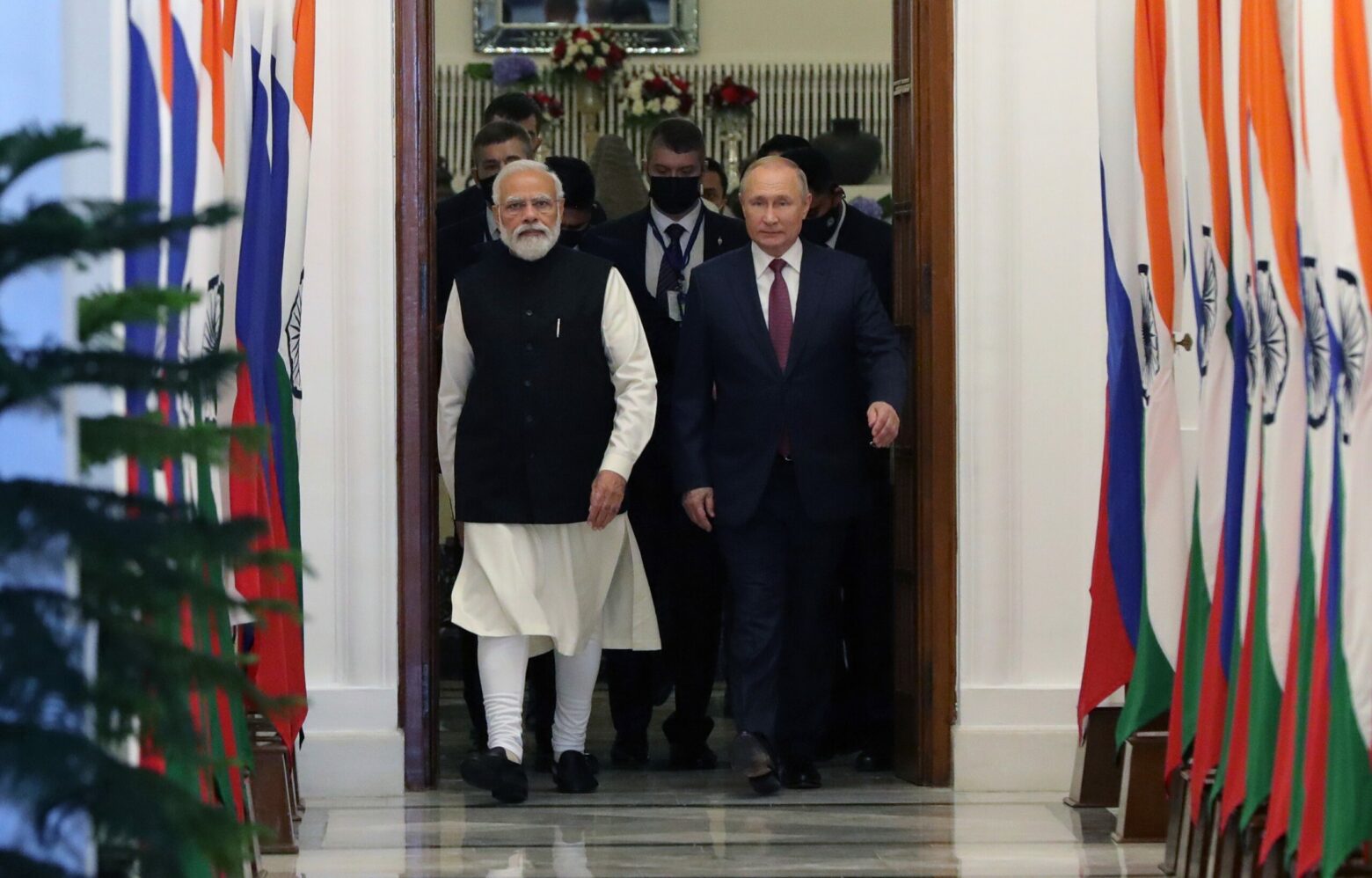Oil and coal: all the energy deals between Russia and India

India took advantage of Western sanctions on Russia to greatly increase oil and coal imports. Marco Orioles's article
When, welcoming Vladimir Putin to its capital last December, the Indian government issued a communiqué in which it spoke emphatically of "a privileged special strategic partnership" between the two countries, it certainly did not imagine that in three months it would put it seriously to the test and in a hot sector like the raw materials from which it is made: energy.
India is buying up Russian oil
Delhi took advantage of the Russian invasion of Ukraine and the ensuing sanctions in the Russian energy sector to buy oil from Moscow that other countries were beginning to keep away from. It did so by taking advantage of a favorable price regime: in the April-June quarter, Russian crude oil was cheaper than that of the traditional Saudi supplier, with a discount that in May had reached $ 19 per barrel .
As a result, imports reached record levels: between April and May, according to Forbes , 3.2 billion dollars worth of oil flowed from Russia to India. The comparison with the previous months is striking, given that in March imports stood at $ 210 million and in February they were zero.
The justification of Delhi
The position of the government of Delhi, in the face of this potentially embarrassing situation, was made explicit in May by the minister for trade Piyush Goyal in a speech given at the World Economic Forum: "in the current situation, while inflation is at the highest level of always and causes problems for people all over the world, the European Union and other countries in Europe continue to buy much larger quantities of oil than India has ever thought to buy or will ever buy ”.
Record-level imports
At the close of the second quarter, total Indian oil imports reached a record level of $ 47.5 billion, almost double compared to the same period of the previous year. In this same period, imports from Russia had increased by almost five times compared to 2021, or by almost 400 thousand barrels per day more.
As the Kpler data show , 740,000 barrels of oil per day arrived in India in May, which should be compared with 284,000 barrels in April and with just 34,000 barrels a year earlier.
As Vandana Hari , founder of Vandana Insights said, “Indian refineries are trying to get their hands on the cheapest possible oil that is compatible with their product configurations. For now, Russian crude oil seems to be exactly what they are looking for ”.
The upward trend of imports from Russia continues to this day, with flows that, according to Kpler estimates cited by Reuters , touched the level of 1.12 million barrels in June, slightly down to 1.05 million the following month. .
Coal too
To cement this close energy partnership there is not only oil but also coal which, according to Coalmint data reported by Reuters , has seen Russia climb the ranking of India's suppliers reaching the third place compared to the sixth occupied in previous years This was thanks to imports that rose by one fifth in July compared to June, reaching a record level of 2.6 million tons.
Bypassed the dollar (to avoid sanctions)
However, since India has become more cautious about the possibility of running into Western sanctions, coal importing companies have started to resort to a scheme that provides for the payment of the raw material not in dollars but in the currencies of Asian countries. This is at least what emerges from a fresh Reuters revelation based on the study of customs documents and interviews with industrial sources.
According to Reuters, Indian companies bought 742,000 tons of Russian coal in June, paying for them in currencies other than the dollar. This is equal to 44% of the 1.7 million tons imported in the same month.
To pay for coal imported from Russia, Indian steel and cement factories used yuan, euro, the UAE dirham and the Hong Kong dollar.
In particular, the yuan represented 31% of all payments not made in dollars against 28% of those with the Hong Kong dollar, about 25% of those with the euro and about 16% of those with the dirham. .
Furthermore, in a clear sign of Delhi's willingness to further tighten relations with Moscow, the Reserve Bank of India has approved the payment of some transactions in its own currency, the rupee.
Trend destined to increase?
This trend is destined to increase, if we trust the testimonies of two Indian traders who buy coal for the domestic market, who expect an increase in the share of transactions made in alternative currencies to the dollar following the intention of the banks to shield themselves from the consequences. Western sanctions.
This is a machine translation from Italian language of a post published on Start Magazine at the URL https://www.startmag.it/energia/russia-india-petrolio-carbone/ on Sat, 13 Aug 2022 06:48:03 +0000.
